Stuart Hall was a Jamaican-British Marxist sociologist, cultural theorist, and political activist. He is best known for his analyses on how meanings are transmitted and received in the media (encoding/decoding model). His theory describes how producers use various signs to encode a media programme’s (such as a movie or a social media post) meaning, according to the producer’s own thoughts and resources. The encoded media pieces are then decoded by the audience, who interpret the media text through their own cultural and personal frameworks. Hall believed media codes are viewed as products of the audiences’ ability to implement their own choices when consuming media.
Hall argued that for the TV and movie world, producers and the audience should have a shared understanding of the signs used in the making of the media. Take the movie Coraline for example, in the still below you see a girl with blue hair, crawling through a colourful, mysterious tunnel in her pyjamas. That is the encoded media. However, with more context on the film, the audience is able to decode and delve into the fantasy world of this film.I will be analysing this scene to further validate Hall’s theory.

children’s book. Directed by Henry Selik, LAIKA Studios
Coraline (a stop-motion animated film released in 2009) is an adventurous girl who finds a parallel world behind a locked door. Her real world is full of normality whereas the parallel world offers a wondrous realm of everything Coraline wishes for. As the movie progresses, Coraline realises the ‘perfect’ world is not as perfect as it seems. The impact this story has on viewers is that they are reminded to be careful about what they wish for, not take things for granted and that not everything seems as it is at first glance.
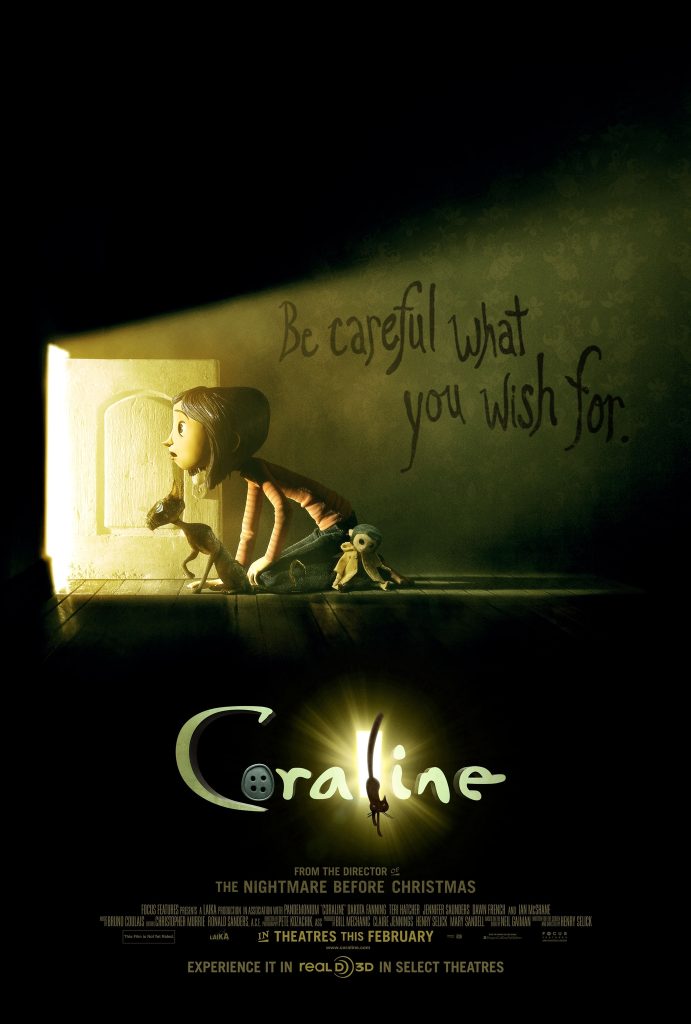
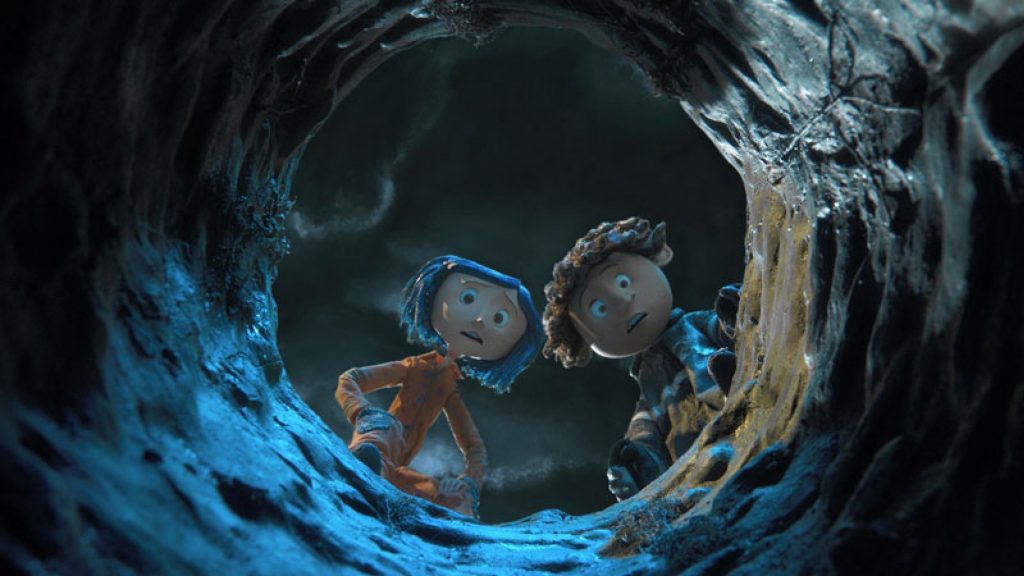
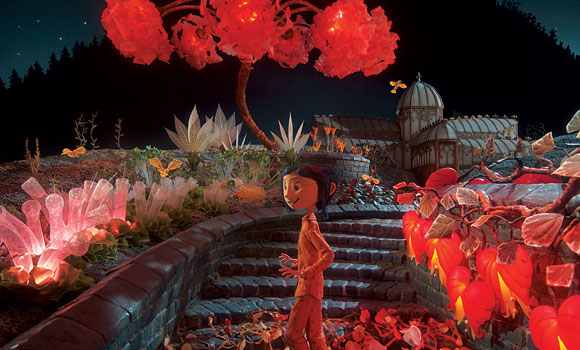
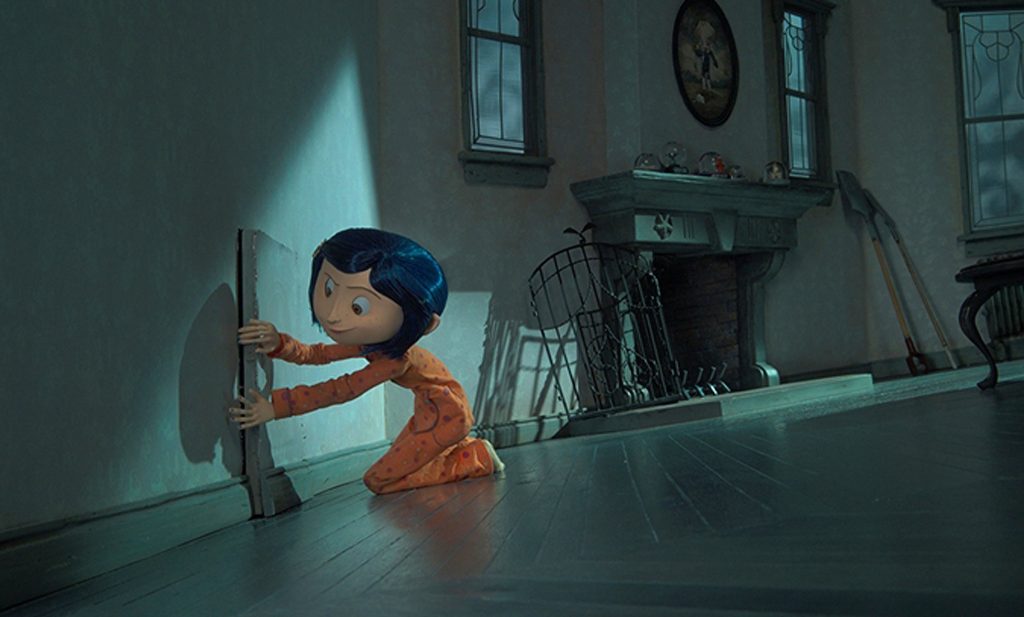
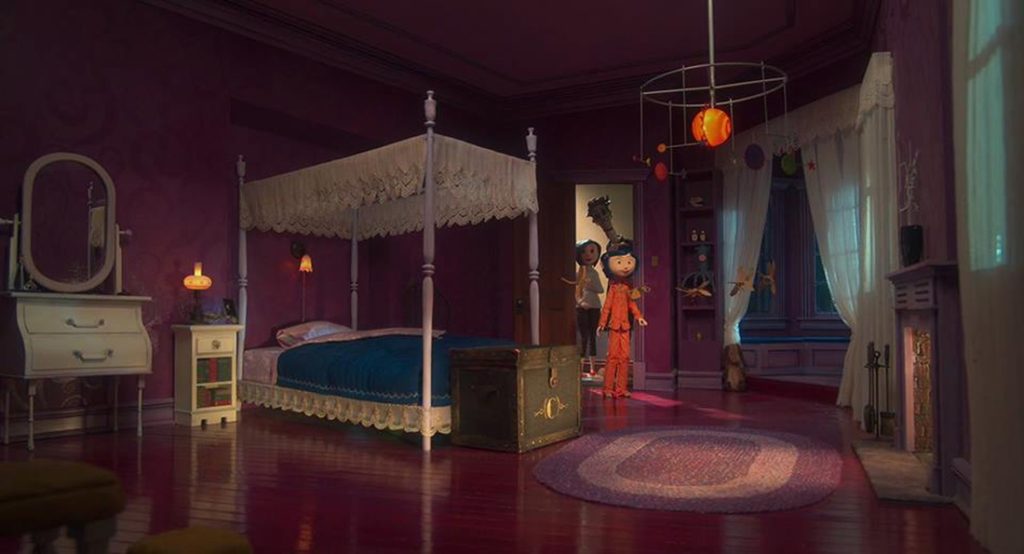
This scene is Coraline’s and the audience’s first time going through the tunnel which takes her to the other ‘world’. The choice of the colour purple creates a mysterious and creative tone whereas the blue reflects bravery and imagination. The colour shift is symbolic of the mixed emotions pulsing through Coraline which relates to the audience as they are also unaware of what the tunnel leads to. She is brave enough to go through the unknown tunnel alone at night, although we are not able to see her thoughts, the colour purple and her curious gaze reflect her mind wandering of what mysteries the tunnel holds.

The warm orange pyjamas contrast the cool colours to create a sense of familiarity and comfort. Additionally, The soft circular tunnel adds a sense of comfort as there are not harsh lines, which makes Coraline’s adventures seem more intriguing than scary.
The scene could have been dull and eery to set a creepy tone, however, Henry Selick wanted to portray the atmosphere of excitement not horror, especially after getting to know Coraline in the beginning of the movie, she is daring and is not afraid to explore the unknown. Selick was able to produce the feeling of exploration through colours which translated to the viewers, justifying Hall’s theory. The previous knowledge of Coraline’s character helps elevate this scene to help us decode the feelings she is going through exploring the unknown.
Resources:
Durham, M.G. and Kellner, D. (2006) ‘Hall, S. (2006). “Encoding/Decoding” pp.163-173.’, in Media and Cultural Studies keyworks. Malden, MA: Blackwell, pp. 163–173.
Mambrol, N. (2020) Analysis of Stuart Hall’s encoding/decoding, Literary Theory and Criticism. Available at: https://literariness.org/2020/11/07/analysis-of-stuart-halls-encoding-decoding/ (Accessed: 21 November 2023).
Watercutter, A., 2021. How the Tiny Studio Behind Coraline Became a Powerhouse. [online] Wired.
Available at: https://www.wired.com/2015/12/laika-coraline-boxtrolls-10-year-anniversary/
[Accessed 21 November 2023].
Super Color Digital. 2021. The Meaning of the Color Blue. [online] Available at:
https://www.supercolor.com/blog/the-meaning-of-the-color-blue/ [Accessed 21 November 2023].
FilmJabber.com. 2021. Coraline – Movie Synopsis, Summary, Plot & Film Details. [online] Available
at: https://www.filmjabber.com/movie-synopsis/coraline.html [Accessed 21 November 2023].
Maguire, C., 2019. Symbolism in Coraline. [online] Charlotte Maguire. Available at:
https://gothic.home.blog/2019/07/07/symbolism-in-coraline/ [Accessed 21 November 2023].

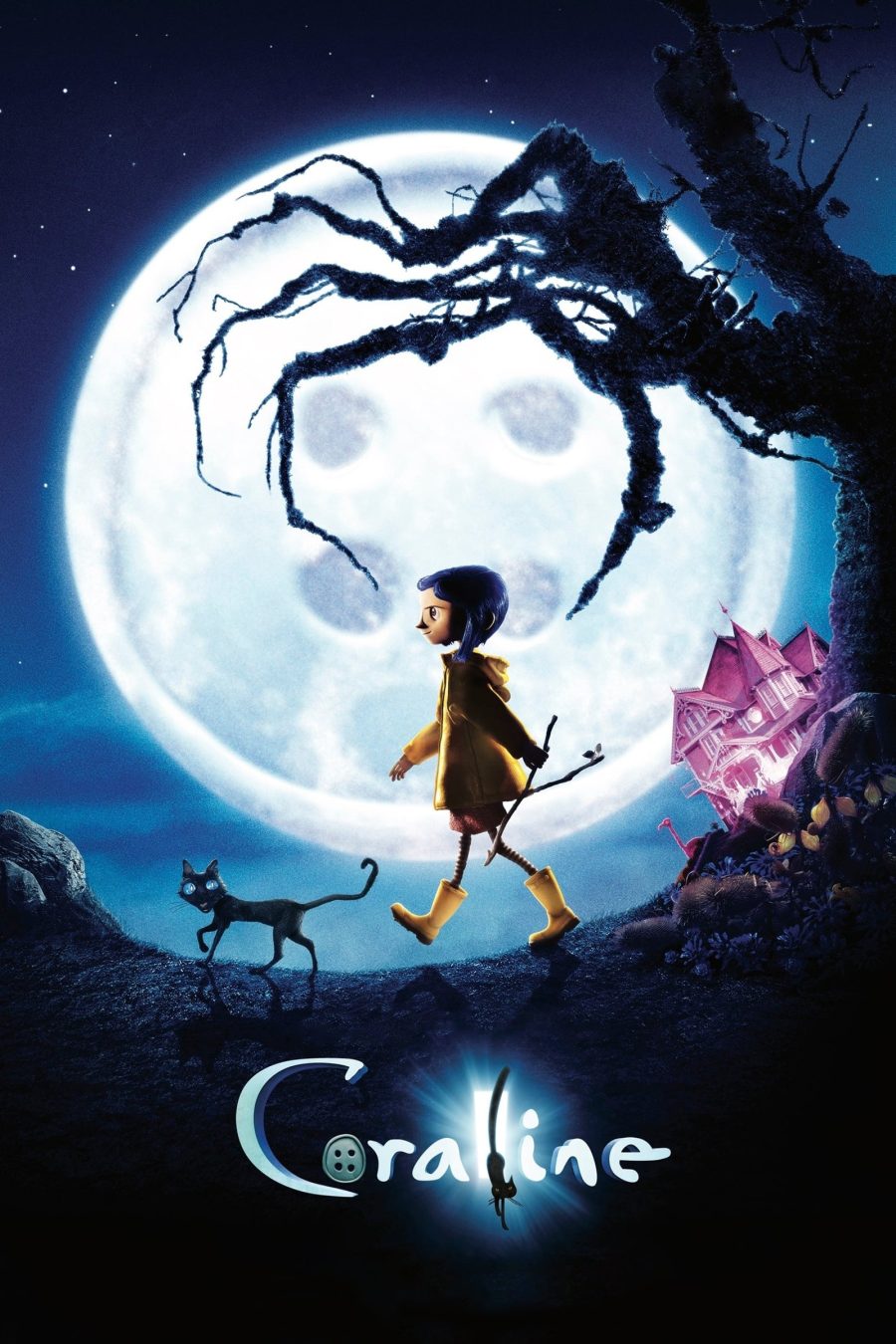
I always had a slight understanding of the message behind Coraline, but it wasn’t until I got older that It truly made sense. I’ve also started to realize that most of the things I used/currently watch always have a deeper meaning in some shape or form and to be fair I think it’s really smart and imaginative when messages are decoded/encoded in media, specifically in film.
I really like your typography.Your article explains very well what encoding and decoding are. In a film, the communicator’s “encoding” is the process by which the director chooses different sound and visual elements to present the specific plot, while the audience’s “decoding” is the process by which the audience interprets the visual symbols according to their own life experience and cultural background.
I really like the way you tell it in your blog, using a film as an example. It gave me a better understanding of the meaning and practical use of encoding and decoding.
I think that all the information we receive in life goes through a series of encoding before it enters the range we can get. And after that we decode it. So it seems to me that throughout the process of making and receiving a film, the production team needs to consider how the film is going to be decoded by the audience before making it and whether or not there are going to be extreme results. In contrast, should the audience take into account the production team’s encoding process when they are trying to understand the meaning behind the film?
Thank you for your comment! To answer your question, the audience should take into account the production team’s encoding process when they are trying to understand the meaning behind the film because the production team created the movie and they know every single detail and second put in the movie. Directors do *almost* everything with intention which helps further emphasise the message in most cases. However, sometimes its best to interpret the movie to your understanding as most filmmakers do want personal adaptation rather than understanding the movie how they view it. Therefore it really depends on the circumstance, but I would say yes to a certain extent.
This post is very well structured and explained, I think you have used a very good example to explain encoding and decoding through a children’s movie since these almost always have a much deeper and more important meaning behind it with a fairly adult background in most of the time which makes it a perfect example, very interesting.
This was a marvelous explanation of encoding vs decoding. Initially, I was confused about this topic, but the way you walked us through examples in a popular movie was a great writing technique. I totally agree that the entire process of decoding is something we as an audience consuming media should be aware of and that it can even give us a deeper understanding of the silver linings.
This perspective is new for me. I never stand at this point to think about the decoding and encoding. As you mentioned the encoding of film is a really fantastic way. Film has their own way to interpret information. Meanwhile, each audience has their own perspective to decode the information. In my opinion, that’s why we regard film is one of the arts.